-
 Bitcoin
Bitcoin $116300
2.01% -
 Ethereum
Ethereum $3815
5.35% -
 XRP
XRP $3.071
4.46% -
 Tether USDt
Tether USDt $1.000
0.02% -
 BNB
BNB $776.2
1.67% -
 Solana
Solana $173.0
5.70% -
 USDC
USDC $0.9999
0.00% -
 TRON
TRON $0.3389
1.14% -
 Dogecoin
Dogecoin $0.2125
5.92% -
 Cardano
Cardano $0.7627
5.16% -
 Hyperliquid
Hyperliquid $39.00
4.42% -
 Stellar
Stellar $0.4122
5.07% -
 Sui
Sui $3.654
7.22% -
 Chainlink
Chainlink $17.31
5.47% -
 Bitcoin Cash
Bitcoin Cash $582.2
4.28% -
 Hedera
Hedera $0.2521
3.53% -
 Ethena USDe
Ethena USDe $1.001
0.01% -
 Avalanche
Avalanche $22.77
3.47% -
 Litecoin
Litecoin $119.6
2.53% -
 UNUS SED LEO
UNUS SED LEO $8.944
-0.49% -
 Toncoin
Toncoin $3.288
3.95% -
 Shiba Inu
Shiba Inu $0.00001261
3.78% -
 Uniswap
Uniswap $10.12
5.80% -
 Polkadot
Polkadot $3.761
4.23% -
 Dai
Dai $1.000
-0.01% -
 Monero
Monero $285.1
-2.37% -
 Bitget Token
Bitget Token $4.387
1.43% -
 Cronos
Cronos $0.1476
5.88% -
 Pepe
Pepe $0.00001080
4.75% -
 Ethena
Ethena $0.6374
11.58%
How to withdraw USDC on OKX? OKX USD stablecoin withdrawal tutorial
Withdrawing USDC from OKX is easy: verify your account, ensure sufficient balance, and enter the correct wallet address and network for a secure transfer.
Jun 05, 2025 at 10:02 am

Withdrawing USDC from OKX is a straightforward process that allows you to move your USD stablecoin to another wallet or exchange. USDC, or USD Coin, is a popular stablecoin pegged to the US dollar, making it a valuable asset for traders and investors looking for stability in the volatile crypto market. In this tutorial, we will guide you through the steps needed to withdraw USDC from your OKX account, ensuring you can manage your funds with ease and confidence.
Preparing for USDC Withdrawal
Before initiating a withdrawal, it's essential to ensure you are fully prepared. First, verify your OKX account. OKX requires users to complete a KYC (Know Your Customer) process to enhance security and comply with regulatory standards. Make sure your account is fully verified to avoid any issues during the withdrawal process.
Second, ensure you have sufficient USDC in your OKX wallet. Check your available balance to confirm you have enough USDC to withdraw. You can do this by navigating to the 'Funds' section on OKX and selecting 'Balances'.
Lastly, prepare a destination wallet. You will need the address of the wallet where you want to send your USDC. This could be a personal wallet, another exchange, or any platform that supports USDC. Double-check the wallet address to prevent any errors that could lead to loss of funds.
Accessing the Withdrawal Page
To start the withdrawal process, log into your OKX account. Once logged in, navigate to the 'Funds' section, which is usually located at the top of the OKX homepage. From there, click on 'Withdraw'. You will be presented with a list of cryptocurrencies available for withdrawal. Select 'USDC' from the list to proceed.
Entering Withdrawal Details
After selecting USDC, you will be prompted to enter the withdrawal details. Here's what you need to do:
- Enter the withdrawal address: This is the wallet address where you want to send your USDC. Copy and paste the address from your destination wallet to ensure accuracy.
- Specify the amount: Enter the amount of USDC you wish to withdraw. Make sure this amount does not exceed your available balance.
- Select the network: USDC can be transferred over different blockchain networks like Ethereum (ERC-20), Polygon (MATIC), and others. Choose the network that your destination wallet supports.
Reviewing and Confirming the Withdrawal
Once you have entered all the necessary details, take a moment to review the withdrawal information. Double-check the wallet address, the amount, and the selected network. Any mistake at this stage can result in lost funds, so accuracy is crucial.
After reviewing, click on 'Submit' to proceed. OKX will then prompt you to confirm the withdrawal. You may be asked to enter a 2FA (Two-Factor Authentication) code if you have enabled this security feature on your account. Enter the code and confirm the withdrawal.
Processing and Receiving Your USDC
Once you have confirmed the withdrawal, OKX will process your request. The time it takes for the USDC to arrive in your destination wallet can vary depending on the network you chose and the current network congestion. Ethereum (ERC-20) transactions, for example, might take anywhere from a few minutes to several hours.
You can track the status of your withdrawal in the 'Transaction History' section of your OKX account. Once the transaction is complete, the USDC will appear in your destination wallet, ready for use or further transfer.
Handling Withdrawal Fees
It's important to be aware of the withdrawal fees associated with moving USDC from OKX. These fees vary depending on the network you choose. For instance, withdrawing USDC via the Ethereum network may incur a higher fee compared to other networks like Polygon. OKX will display the fee before you confirm the withdrawal, so you can factor this into your decision.
Security Tips for USDC Withdrawals
To ensure the safety of your funds during the withdrawal process, follow these security tips:
- Use a secure internet connection: Avoid public Wi-Fi when conducting transactions.
- Enable 2FA: Two-factor authentication adds an extra layer of security to your account.
- Verify wallet addresses: Always double-check the wallet address before confirming a withdrawal.
- Keep software updated: Ensure your computer and any devices used for transactions are up to date with the latest security patches.
Frequently Asked Questions
Q: Can I withdraw USDC to any wallet?
A: You can withdraw USDC to any wallet that supports the network you choose for the transaction. Make sure the wallet is compatible with the selected network (e.g., Ethereum, Polygon) to ensure a successful transfer.
Q: What should I do if my USDC withdrawal is taking too long?
A: If your withdrawal is taking longer than expected, first check the transaction status in the 'Transaction History' section of your OKX account. If the transaction is still pending, it may be due to network congestion. If it shows as completed but you haven't received the funds, contact OKX support for assistance.
Q: Are there any limits on USDC withdrawals from OKX?
A: OKX may have withdrawal limits based on your account verification level and the specific network you are using. Check the 'Withdrawal Limits' section on OKX for details specific to your account.
Q: Can I cancel a USDC withdrawal after it has been confirmed?
A: Once a withdrawal is confirmed, it cannot be canceled. The transaction is processed and sent to the blockchain network. If you realize you made an error after confirming, contact OKX support immediately, though there's no guarantee the transaction can be reversed.
Disclaimer:info@kdj.com
The information provided is not trading advice. kdj.com does not assume any responsibility for any investments made based on the information provided in this article. Cryptocurrencies are highly volatile and it is highly recommended that you invest with caution after thorough research!
If you believe that the content used on this website infringes your copyright, please contact us immediately (info@kdj.com) and we will delete it promptly.
- IREN Overtakes: A New King in the Bitcoin Miner Hashrate Race?
- 2025-08-07 16:31:29
- Memecoins Mania: Whales Eye Pepe Dollar (PEPD) as Bonk Cools Off, While MoonBull Hogs the Spotlight!
- 2025-08-07 16:51:17
- Unilabs, PEPE, and Investment Risk: Navigating the Crypto Hype
- 2025-08-07 16:31:29
- Meme Coin Mania: Rug Pulls, CZ-Inspired Tokens, and the Wild West of Crypto
- 2025-08-07 16:57:14
- HashFlare Founders Face the Music: Jail Time Looms?
- 2025-08-07 14:30:12
- Pepeto's Pounce: Meme Coin Mania Meets Blockchain Infrastructure
- 2025-08-07 15:10:12
Related knowledge

How to deposit USD on Bitstamp
Aug 07,2025 at 05:18pm
Understanding Bitstamp and USD DepositsBitstamp is one of the longest-standing cryptocurrency exchanges in the industry, offering users the ability to...
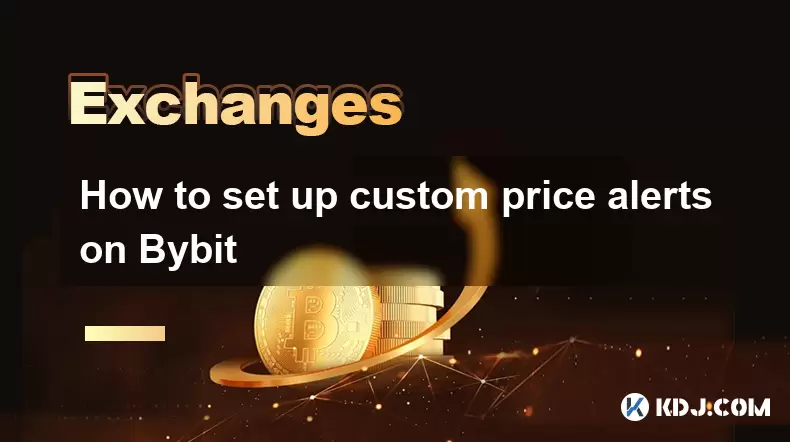
How to set up custom price alerts on Bybit
Aug 07,2025 at 04:31pm
Understanding Price Alerts on BybitPrice alerts on Bybit are essential tools for traders who want to stay informed about significant price movements i...
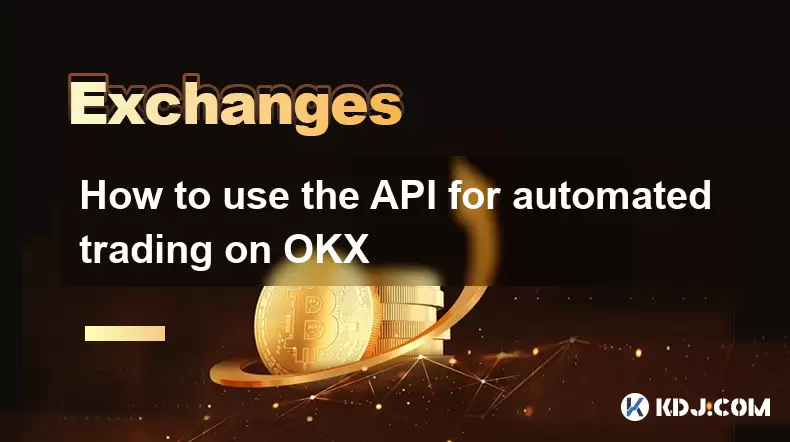
How to use the API for automated trading on OKX
Aug 07,2025 at 05:21pm
Understanding the OKX API for Automated TradingThe OKX API provides a powerful interface for users to automate their trading strategies, access real-t...
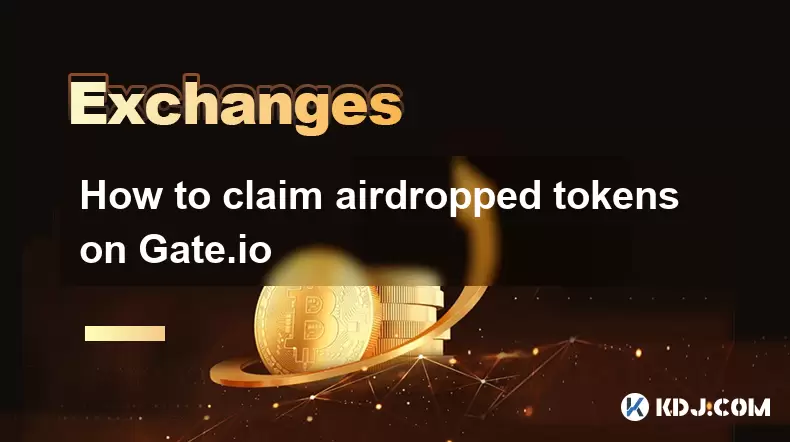
How to claim airdropped tokens on Gate.io
Aug 07,2025 at 04:01pm
Understanding Airdropped Tokens on Gate.ioAirdropped tokens are digital assets distributed for free by blockchain projects to promote awareness, incen...
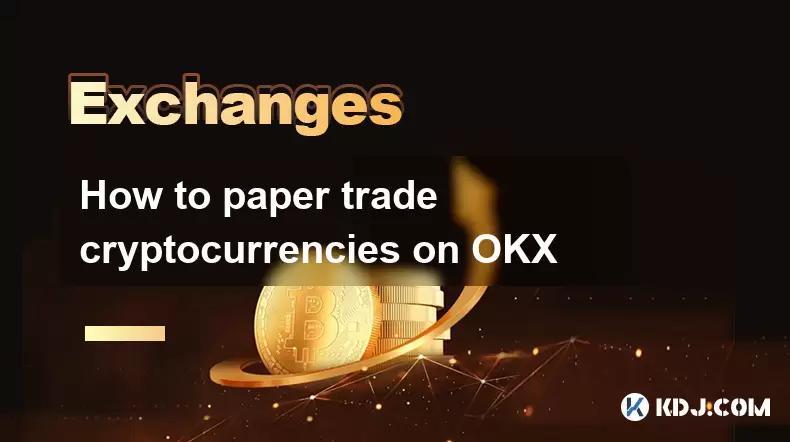
How to paper trade cryptocurrencies on OKX
Aug 07,2025 at 06:01pm
Understanding Paper Trading in the Cryptocurrency ContextPaper trading, also known as simulated or virtual trading, allows users to practice buying an...
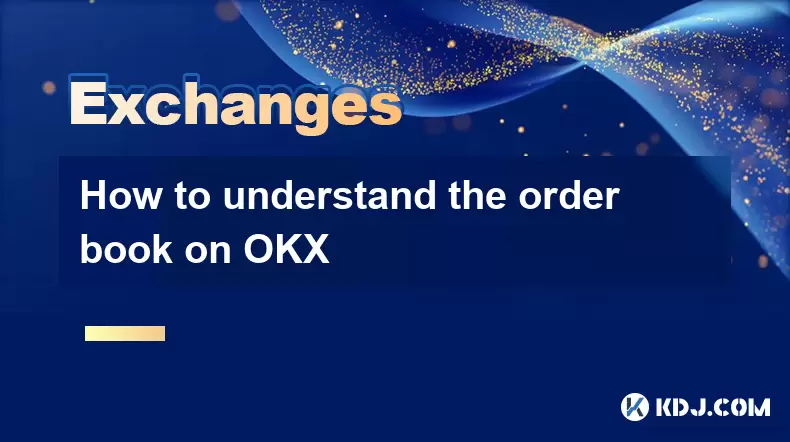
How to understand the order book on OKX
Aug 07,2025 at 03:49pm
What Is an Order Book on OKX?The order book on OKX is a real-time, dynamic list of all open buy and sell orders for a specific cryptocurrency trading ...

How to deposit USD on Bitstamp
Aug 07,2025 at 05:18pm
Understanding Bitstamp and USD DepositsBitstamp is one of the longest-standing cryptocurrency exchanges in the industry, offering users the ability to...

How to set up custom price alerts on Bybit
Aug 07,2025 at 04:31pm
Understanding Price Alerts on BybitPrice alerts on Bybit are essential tools for traders who want to stay informed about significant price movements i...

How to use the API for automated trading on OKX
Aug 07,2025 at 05:21pm
Understanding the OKX API for Automated TradingThe OKX API provides a powerful interface for users to automate their trading strategies, access real-t...

How to claim airdropped tokens on Gate.io
Aug 07,2025 at 04:01pm
Understanding Airdropped Tokens on Gate.ioAirdropped tokens are digital assets distributed for free by blockchain projects to promote awareness, incen...

How to paper trade cryptocurrencies on OKX
Aug 07,2025 at 06:01pm
Understanding Paper Trading in the Cryptocurrency ContextPaper trading, also known as simulated or virtual trading, allows users to practice buying an...

How to understand the order book on OKX
Aug 07,2025 at 03:49pm
What Is an Order Book on OKX?The order book on OKX is a real-time, dynamic list of all open buy and sell orders for a specific cryptocurrency trading ...
See all articles

























































































